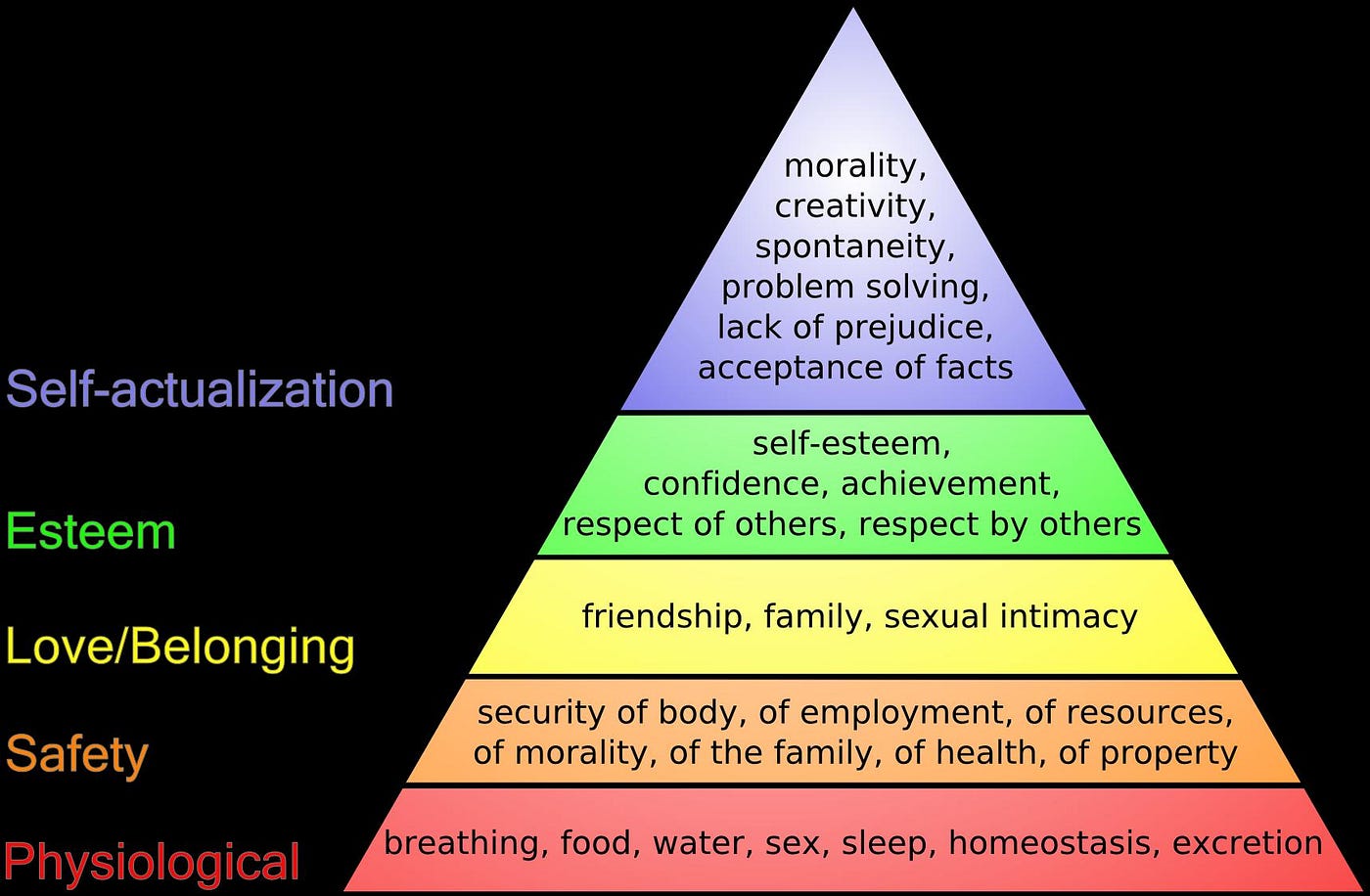Understanding the concept of world hierarchy is crucial in comprehending the various dynamics that govern our global landscape. From political to economic structures, the world hierarchy influences how nations interact, compete, and cooperate. This hierarchical framework is not merely a reflection of power but also a representation of the underlying values and norms that shape international relations. The world hierarchy determines everything from trade agreements to diplomatic relations, making it an essential topic for anyone interested in global affairs.
In this article, we will explore the different layers of the world hierarchy, analyzing its components and their implications on a global scale. We will delve into how various factors, such as economic strength, military power, and cultural influence, contribute to a nation's position in the world hierarchy. Furthermore, we will address some common questions surrounding this complex topic, providing insights into its significance and future prospects.
Join us as we navigate through the intricate world hierarchy, uncovering its nuances and understanding its far-reaching effects on global society. Whether you are a student, a professional, or just a curious mind, this exploration will equip you with a deeper understanding of the forces at play in our interconnected world.
What is World Hierarchy?
The world hierarchy refers to the structured ranking of nations and entities based on various criteria such as political influence, economic power, military strength, and cultural significance. It is a system that delineates the levels of authority and control among countries, often determining their global interactions.
How is World Hierarchy Determined?
World hierarchy is not a static framework; it evolves based on numerous factors. Here are some key elements that contribute to the formation of the world hierarchy:
- Economic Power: Nations with robust economies often find themselves at the top of the hierarchy.
- Military Strength: A powerful military can significantly influence a country's standing.
- Cultural Influence: Countries that project their culture globally tend to have a higher ranking.
- Political Stability: Nations with stable governance attract more international respect and influence.
What are the Levels of World Hierarchy?
The world hierarchy can generally be categorized into three main levels:
- Superpowers: These are nations with unparalleled influence, such as the United States and China.
- Regional Powers: Countries that hold significant sway within their geographic region, like Brazil in South America.
- Developing Nations: Countries that are striving to improve their global standing and economic conditions.
How Does World Hierarchy Affect Global Politics?
The world hierarchy plays a critical role in shaping international relations and global politics. Nations at the top of the hierarchy often dictate the rules of engagement and can influence global policies, while those lower down may struggle to have their voices heard. This can lead to an imbalance of power, where the interests of smaller or developing nations are overlooked in favor of more prominent players.
Is World Hierarchy Static or Dynamic?
World hierarchy is inherently dynamic. Changes in economic conditions, political climates, and military capabilities can alter a nation's position in the hierarchy. Recent events, such as the rise of emerging economies and shifts in military alliances, have demonstrated how adaptable and fluid the world hierarchy can be.
What Are the Implications of World Hierarchy on Global Society?
The implications of world hierarchy are vast and multifaceted:
- Global Inequality: The hierarchical structure can perpetuate disparities in wealth and power.
- Conflict and Cooperation: Understanding the hierarchy can help predict conflicts and foster cooperation among nations.
- Policy Making: Nations at different levels of the hierarchy often have divergent goals and approaches to policy-making.
How Can Nations Navigate the World Hierarchy?
Nations can navigate the world hierarchy by employing various strategies:
- Building Alliances: Forming strategic alliances can enhance a nation's position.
- Investing in Development: Focusing on education, infrastructure, and technology can improve a nation's standing.
- Cultural Diplomacy: Promoting cultural exchange can strengthen ties and improve perceptions.
What Lies Ahead for the World Hierarchy?
The future of the world hierarchy is uncertain but promising. As new powers emerge and global challenges evolve, the hierarchy may shift, presenting opportunities for collaboration and progress. Understanding the dynamics of world hierarchy will be crucial for nations aiming to enhance their global influence and navigate the complexities of international relations.
Exploring The Allure Of 18+ Desi Junction Vegamovies
Exploring The Life And Career Of Shawn Killinger
Unveiling Wealth: Is The Cannon Family Billionaires?


